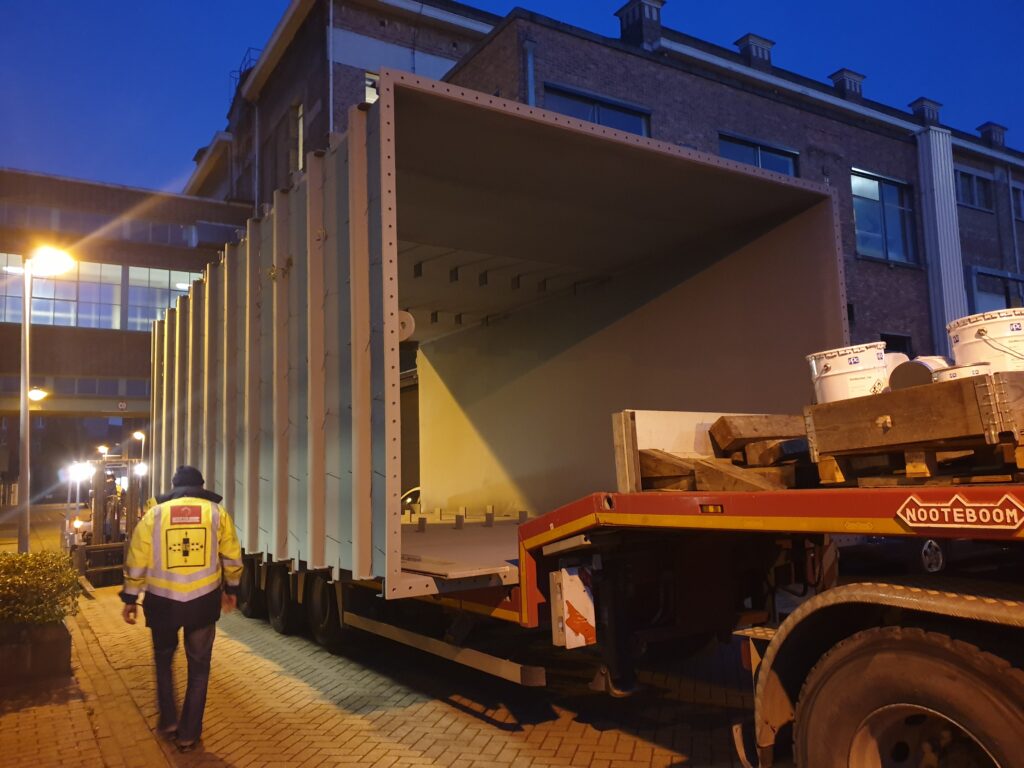In Belgium, the government aims to close down most if not all nuclear power plants in the country (some of which have been in operation for 41 years) by 2025. The resulting challenge is to make sure that electricity supply is maintained despite the reduction in nuclear power production. This means that electricity will have to be produced through a combination of solar, wind and conventional gas fired power plants. In many cases these power plants are not required to continuously produce electricity, but they are used in situations when solar and / or wind energy are not available. Hence, there is a need for quick start-up and shutdown of generating capacity. Building a so-called peak shaver only for these periods would be a very unprofitable investment.
The solution:
One of our customers realized that the above challenge also offers opportunities. By converting an existing cogeneration plant, which had been standing idle for some time, a peak shaver could be realized with the existing gas turbine and a relatively low investment. By responding to the so-called "Capacity Remuneration Market CRM", such a plant generates a significant flow of income in a short period of time. The question was how the modification could be carried out in a cost-effective way. A complication here was that the building in which the installation is located belongs to the city’s cultural heritage. Moreover, this plant is located in the middle of a densely populated neighborhood near the historic center of a large city.
Hilux5 was asked to contribute in finding a solution. By converting the originally ‘combined cycle’ plant to ‘simple cycle mode’, it would be possible to use the installation as a ‘peak shaver’. However, there was no room for a "bypass" valve which is often installed for such applications. Furthermore, this would increase the total investment of the project to an unacceptable level. Hilux5 developed a solution based on a separate bypass stack that allowed the adaptation to be carried out with minimal impact on the existing installation and the environment. Moreover, with the chosen solution it is still possible after a minor adjustment to operate the installation again in 'combined cycle' mode if necessary.

